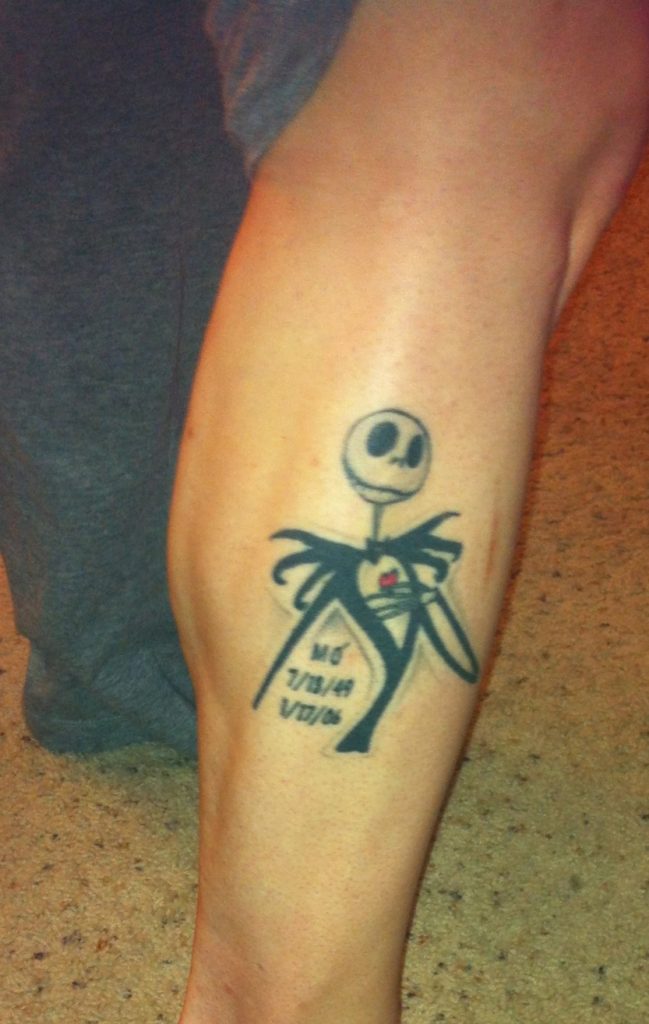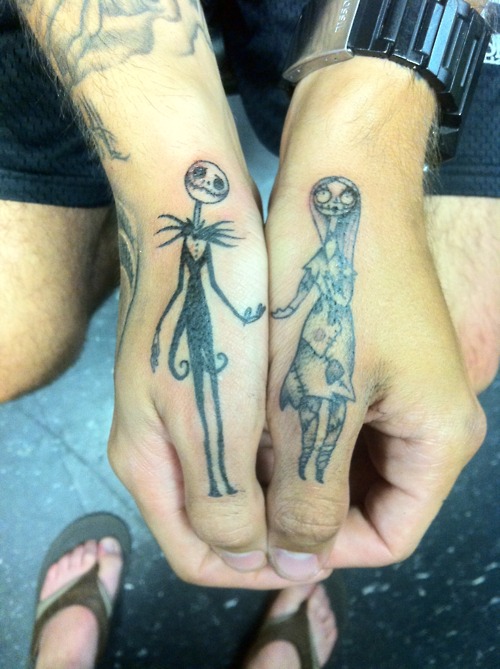Some hard totals in blackjack are more difficult to handle since they are neither high enough to stand on nor low enough to hit without a significant risk of breaking the hand. This gets many recreational players perplexed causing them to make intuitive decisions while at the table and we all know what hunches translate into in the context of. There is a rule in blackjack that says you should never risk busting your hand when the dealer shows a weak upcard (weak meaning a 2 through 6 because the dealer could break with a one-card draw). That may be true for most stiff hands (meaning, a hard 12 through 16) but it's not the case when you are holding a 12 against a 3.
Some hard totals in blackjack are more difficult to handle since they are neither high enough to stand on nor low enough to hit without a significant risk of breaking the hand. This gets many recreational players perplexed causing them to make intuitive decisions while at the table and we all know what hunches translate into in the context of gambling – excruciating losses in the long term.
- Bonus$300
- Bonus⋆80 Free Spins
- $500$600
Two of the hands many unwitting players tend to struggle with are hard totals 12 and 13. Some people are bold enough to always hit those hands in an attempt to outdraw their dealer. Others are terrified of the idea of busting on a hit so they always decide to stand.
What both types of players choose to ignore is that mathematically, there is a right and a wrong way to play hard 12 and hard 13. It all comes down to what dealer upcard you are facing. In this article, we explain the right ways to play these totals and tackle some commonly committed mistakes. Bad girl game.
The Optimal Playing Decisions for Hard 12
Like all hard totals, hard 12 lacks an Ace that can be counted as 1 or 11 which takes away the much-desired flexibility of its soft cousin. This hand total can result from the following two-card combinations: 6-6, 7-5, 8-4, 10-2, and 9-3.
A pair of Aces also results in a 12 but we are not discussing this here because this is a soft total that calls for an entirely different approach. The correct playing decisions for a hard 12 are based solely on the upcards of the dealer.
The number of decks and the playing conditions for the dealer do not affect your decisions in this case since the optimal strategy for hard 12 is the same no matter whether you are playing single-deck, double-deck, multiple-deck, H17, or S17 blackjack.
Basic strategy advises players to stand on hard 12 against dealers who expose a 4, a 5, or a 6. If you take the time to examine the chart in our article on blackjack odds and probabilities, you will immediately notice that these three cards are very disadvantageous for the dealer because they carry over 40% risk of the dealer busting.
The Optimal Playing Decisions for Hard 12 Additional TipsIf the dealer exposes cards 2, 3, 7, 8, 9, 10, or Ace, players are recommended to hit their hard 12. The dealer may still be in a breaking position with the deuce and the trey but these two cards are not as bad for him or her.
Skylab studio 1 0 download free. The likelihood of the dealer busting with them is respectively, 35.30% and 37.56% so you stand better chances of winning if you hit instead of standing on your hard 12. Hitting the hard 12 against a 2 or a 3 is recommended because there are only 4 out of 13 possible card denominations that can lead to a bust – the 10 and the three court cards (Jack, Queen, and King).
Then again, 3 out of 13 card denominations result in a significant improvement of the player's hand, the 9, the 8, and 7. If you draw cards 2 through 6, you may not end up with a stellar total but at least you can rest certain they will not bust you either.
Note that when the dealer shows upcards 7 through Ace, they are in a standing position which is to say there are more likely to turn over a hole card that gives them their standing total of 17 or higher. Because of this, you are recommended to take a hit on your hard 12. Otherwise, the dealer will outdraw you most of the time with upcards 7 through Ace.
Doubling down is never an option with a hard holding of 12 but you may choose to split paired 6s. We cover this subject in more detail in a separate article. Mac studio fix foundation shades for dark skin. For now, it suffices to say that here your splitting decisions are affected by the number of decks in play as well as by your dealer's upcard and their fixed standing total.
Misplaying Hard 12 against the Dealer's Deuce
One of the most striking things about this hard total is that it appears on the list of the most frequently misplayed hands in blackjack despite the fact the basic strategy decisions for hard 12 are among the simplest to learn because they are pretty much the same regardless of deck number and dealer standing rules.
Many unknowledgeable players tend to misplay their hard 12 particularly when they are up against a dealer exposing a deuce. As we explained, the correct play for hard 12 against a 2 is to hit. Yet, many people choose the opposite move – they stand instead of hitting because they are scared of busting with a ten-value card.
Black Jack Hand In Cool Cards
All qualms of the house outdrawing them disappear because the deuce is a bad card that exposes the dealer to the risk of busting, right? But then again, there is also the '10 in the hole' rule some players always abide by, reasoning that the dealer's hole card should always be considered a ten-value one. The dealer would flip a 10 next to their deuce, take another hit, and bust.
And, yes, the deuce is surely not the most advantageous card for the dealer but it does not put them in the worse possible position, either, like a 5 or a 6 does. Their bust frequency with the deuce is lower as we told you earlier, which skews the probabilities of winning the hard 12 with a hit in your favor, albeit slightly.
Misplaying Hard 12 against the Dealer's Deuce Additional TipsAs was previously explained, there are only 4 out of 13 cards that can cause you to bust on a hard 12 by taking a hit. Cards 5 through 9 put you in a better position with pat hands that total 17 through 21. Therefore, there are 5 cards that help you out of 13 possible denominations.
In six-deck blackjack where the dealer follows the S17 rule, your probability of winning is roughly 35% if you choose to stand on hard 12 against a deuce while that of you losing is almost twice as high at around 65%, i.e. if we do not take pushes into consideration.
https://truegfil511.weebly.com/casinos-in-mexico.html. Meanwhile, the likelihood of you winning if you take a hit in this situation is slightly greater at around 37% while that of you losing is roughly 63%. You are dealing with negative expectation no matter how you look at it. If you are consistent with standing on hard 12 against a deuce, you will lose $30 on average per every $100 you wager ($65-$35 = $30) when you flat bet in increments of $1 per hand.
Provided that you hit this hand consistently, you will lose only $26 on average for every $100 wagered on your hard 12 against a deuce ($63 – $37 = $26). It makes sense that you should choose the move that causes you to lose less money, right?
The Optimal Playing Decisions for Hard 13
The optimal playing decisions for hard 13 are also the same regardless of how many decks you are playing and the fixed rules set by the house. This is yet another hand that lacks an Ace or when it contains one, it has a value of 1 only. Here are a few examples of hard 13 hands: 7-6, 8-5, 9-4, 10-3, 10-2-A, and 9-3-A.
Since hard 13 is more prone to busting than hard 12 (with 5 out of 13 card denominations that can break the hand), players should approach it more conservatively. Basic strategy recommends standing on hard 13 against upcards 2 through 6 because these put the dealer in a breaking position.
Conversely, the optimal approach for hard 13 when the dealer shows cards 7 through Ace is to take a hit. These cards are more likely to result in pat hands and put the dealer in a standing position where they outdraw the player's hard 13.
Now that you know how to approach hands 12 and 13 against all possible upcards of the dealer, these two hard totals should no longer pose as a predicament to you at the blackjack table. Moreover, the strategy works in both online and landbased blackjack games. Macau online casino.
| Origin | United States |
|---|---|
| Genres | Hard rock, glam metal[1] |
| Years active | 1979–1980 |
| Labels | Polydor |
| Associated acts | KISS, Meat Loaf, Union, Grand Funk Railroad, Pat Travers, Joan Jett, Cyndi Lauper, The Monkees, Yellowjackets |
| Members | Michael Bolton Bruce Kulick Sandy Gennaro Jimmy Haslip |
Blackjack was an Americanrock band, active from 1979–1980, featuring Michael Bolton (who was performing under his real name, Michael Bolotin), Bruce Kulick, Sandy Gennaro and Jimmy Haslip.[2][3] The band was short-lived, released two albums, the self-titled Blackjack in 1979 and Worlds Apart in 1980, and embarked on a small US nationwide tour.[4]
Biography[edit]
Blackjack was formed in late 1978 after Bruce Kulick had come off the road touring with Meat Loaf behind the Bat Out of Hell album. Kulick and his older brother Bob had done a show backing up Michael Bolton, then a solo artist with two albums, at a club show in Connecticut. Afterwards both Kulick brothers were invited to join Bolotin in a proper band. While Bob declined, Bruce accepted. The band's manager Steve Weiss, also an attorney for Led Zeppelin, brought drummer Sandy Gennaro and bassist Jimmy Haslip into the fold to complete the line-up.
The band was quickly signed to Polydor Records and named Blackjack. At the behest of their record company and management, the foursome went to work with producer Tom Dowd at Criteria Studios in Miami, Florida to record their debut album. Blackjack was released in 1979 and peaked at No. 127 on the Billboard charts selling around 100,000 copies. The album's biggest single, 'Love Me Tonight', reached No. 62 on Billboard. Blackjack shot videos for both 'Without Your Love'[5] and 'Love Me Tonight',[6] which were part of a 9-minute promotional movie [7] circulated by the label, and toured with acts such as Peter Frampton and the Marshall Tucker Band.

In 1980, Bruce Kulick played guitar on Billy Squier's solo debut album, The Tale of the Tape, produced by Eddie Offord of Yes fame. Offord also became the producer for Blackjack's second album Worlds Apart. But, with the disappointing sales of their debut album and a regime change at Polydor, Blackjack were no longer a priority act at the label and Worlds Apart was released in 1980 with very little backing and no tour support from the record company. It spelled the end for Blackjack as individual members had opportunities and offers to join more promising musical situations.[citation needed]
After break-up[edit]
By 1981, Gennaro had replaced Tommy Aldridge in the Pat Travers Band, making his debut on the Radio Active album. Haslip would re-team with members of the Robben Ford Band under the name Yellowjackets who issued their self-titled debut album in 1981. After turning down a touring gig with Billy Squier in favor of staying with Blackjack, Kulick recorded Great American Music with The Good Rats in 1981 and also played guitar on Michael Bolton's eponymous 1983 debut album for Columbia Records before joining Kiss in 1984.
Rap appeal[edit]
The Blackjack song 'Stay' off their second album Worlds Apart was sampled by rapper Jay Z for the song 'A Dream' off his 2002 album The Blueprint 2: The Gift & the Curse which reached No. 1 on the Billboard charts.
In 2004, rapper Kanye West re-recorded a section of 'Maybe It's the Power of Love' off Worlds Apart for inclusion on his song 'Never Let Me Down'; it was released on his triple platinum selling debut album The College Dropout which peaked at No. 2 on the Billboard 200. Speaking to the website Genius in 2015, Bolton gave his approval of the sampling, stating that 'the song turned out beautifully'.[8]
Album re-issues[edit]
Blackjack and Worlds Apart were first issued on CD as a two-for-one package by PolyGram in 1990, with a Japanese release following in 1996. UK-based label Lemon Records would do another 2-for-1 reissue in 2006, titled Anthology, with extensive liner notes by English rock journalist Malcolm Dome. The most recent re-issues came in December 2013 when both albums were released individually by Universal Music Japan in the cardboard sleeve mini-LP format as SHM-CD remasters.
Band members[edit]

In 1980, Bruce Kulick played guitar on Billy Squier's solo debut album, The Tale of the Tape, produced by Eddie Offord of Yes fame. Offord also became the producer for Blackjack's second album Worlds Apart. But, with the disappointing sales of their debut album and a regime change at Polydor, Blackjack were no longer a priority act at the label and Worlds Apart was released in 1980 with very little backing and no tour support from the record company. It spelled the end for Blackjack as individual members had opportunities and offers to join more promising musical situations.[citation needed]
After break-up[edit]
By 1981, Gennaro had replaced Tommy Aldridge in the Pat Travers Band, making his debut on the Radio Active album. Haslip would re-team with members of the Robben Ford Band under the name Yellowjackets who issued their self-titled debut album in 1981. After turning down a touring gig with Billy Squier in favor of staying with Blackjack, Kulick recorded Great American Music with The Good Rats in 1981 and also played guitar on Michael Bolton's eponymous 1983 debut album for Columbia Records before joining Kiss in 1984.
Rap appeal[edit]
The Blackjack song 'Stay' off their second album Worlds Apart was sampled by rapper Jay Z for the song 'A Dream' off his 2002 album The Blueprint 2: The Gift & the Curse which reached No. 1 on the Billboard charts.
In 2004, rapper Kanye West re-recorded a section of 'Maybe It's the Power of Love' off Worlds Apart for inclusion on his song 'Never Let Me Down'; it was released on his triple platinum selling debut album The College Dropout which peaked at No. 2 on the Billboard 200. Speaking to the website Genius in 2015, Bolton gave his approval of the sampling, stating that 'the song turned out beautifully'.[8]
Album re-issues[edit]
Blackjack and Worlds Apart were first issued on CD as a two-for-one package by PolyGram in 1990, with a Japanese release following in 1996. UK-based label Lemon Records would do another 2-for-1 reissue in 2006, titled Anthology, with extensive liner notes by English rock journalist Malcolm Dome. The most recent re-issues came in December 2013 when both albums were released individually by Universal Music Japan in the cardboard sleeve mini-LP format as SHM-CD remasters.
Band members[edit]
- Michael Bolton – lead vocals (1979–1980)
- Bruce Kulick – guitars (1979–1980)
- Jimmy Haslip – bass, backing vocals (1979–1980)
- Sandy Gennaro – drums, percussion (1979–1980)
Discography[edit]
- Blackjack (1979)
- Worlds Apart (1980)
Blackjack Hand Chart
References[edit]
- ^Runtagh, Jordan; Stone, Rolling (2019-09-07). '30 Fascinating Early Bands of Future Music Legends'. Rolling Stone. Retrieved 2020-05-07.
- ^Barbosa, Susan (14 August 1979). 'Blackjack thrills audience'. The Ledger. Lakeland, Florida, USA: Lakeland Ledger Publishing Company. p. 17. Retrieved 16 September 2010.
- ^Gerber, Lisa (13 August 1979). 'Frampton came alive to knock 'em dead at Lakeland Saturday'. St. Petersburg Times. St. Petersburg, FL, United States: Times Publishing Company. p. 37. Retrieved 16 September 2010.
- ^Hawes, Peter S. (6 August 1983). 'Michael Bolton struggles for recognition, success'. Schenectady Gazette. Schenectady, NY United States. Retrieved 16 September 2010.
- ^[1]
- ^[2]
- ^[3]
- ^[4]
Blackjack Hand Signals
External links[edit]
- Blackjack at AllMusic

